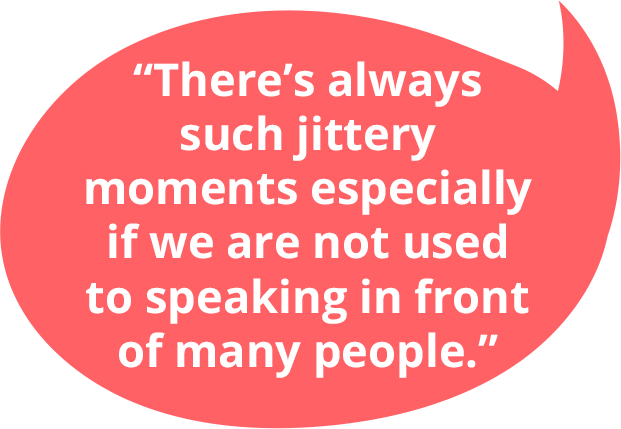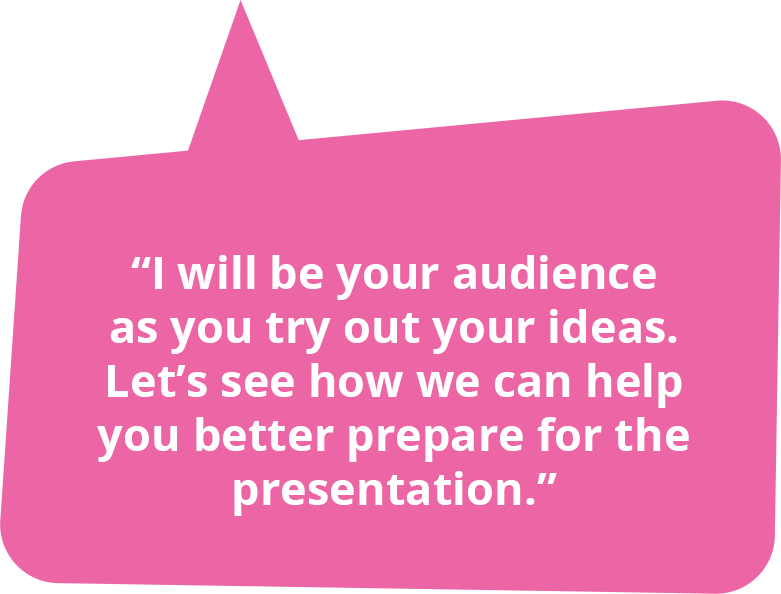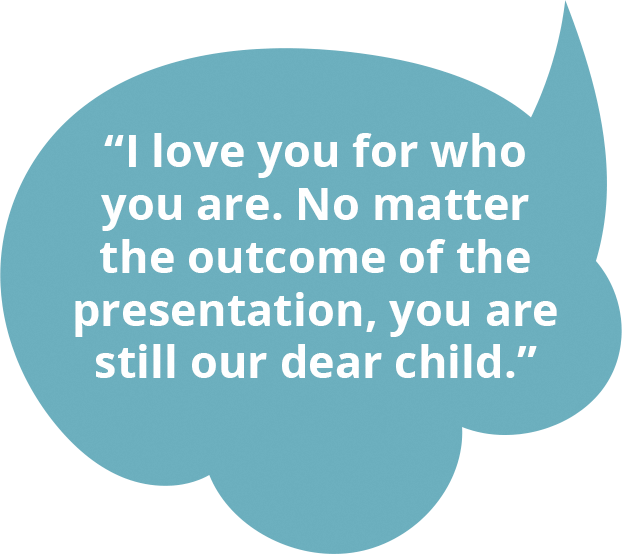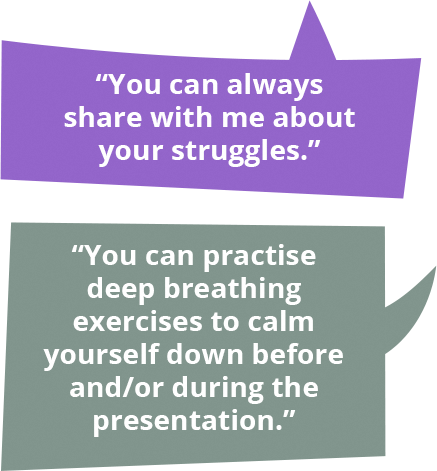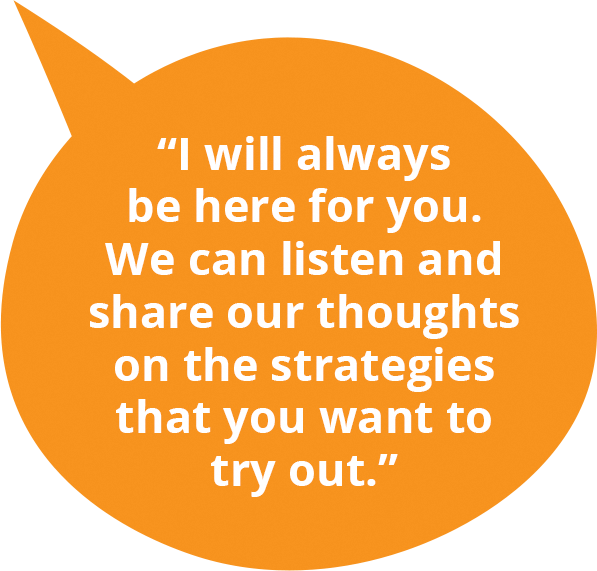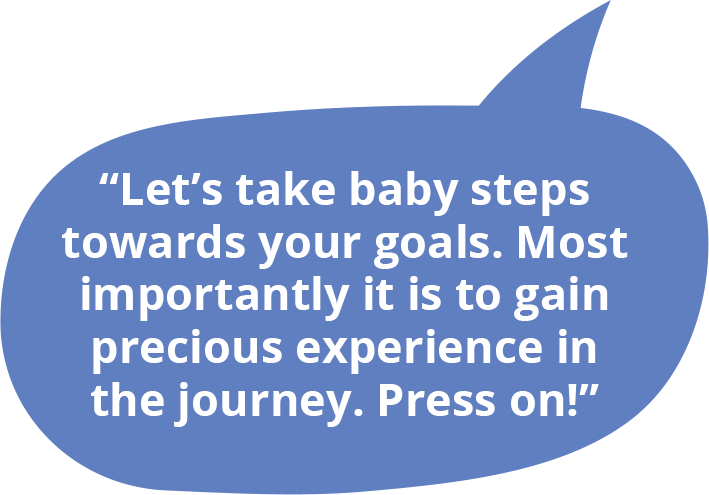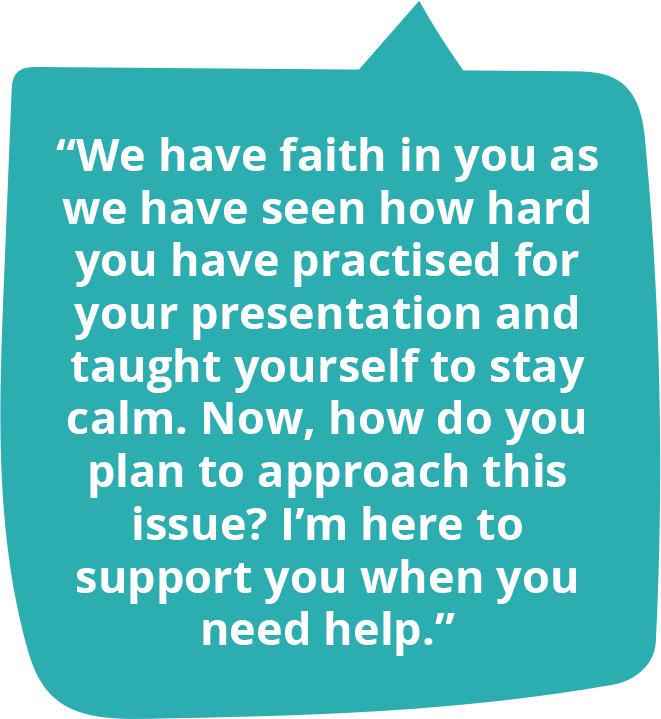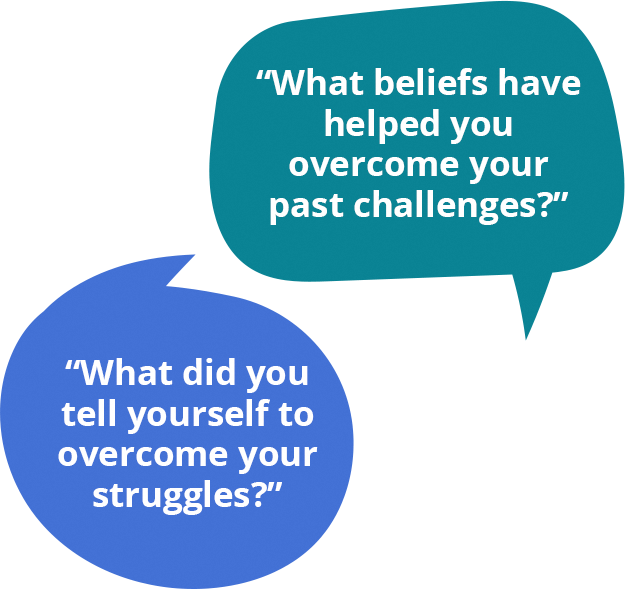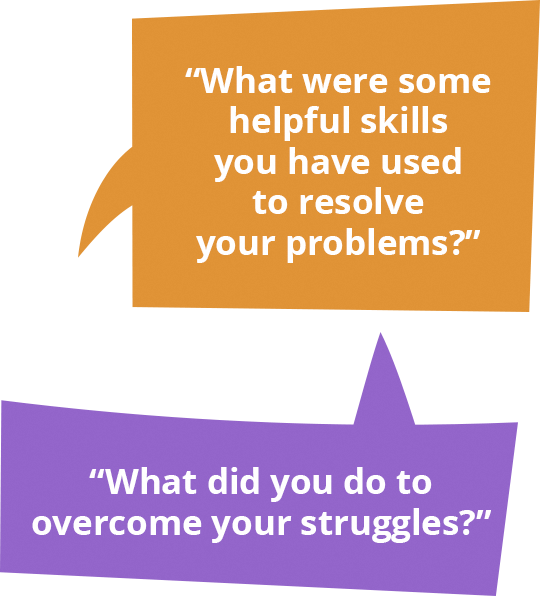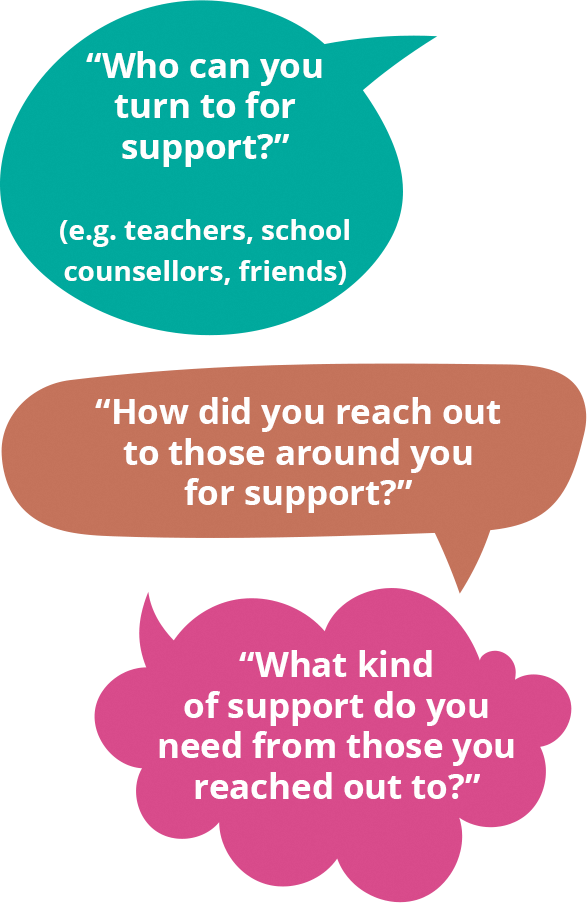As a parent, you play an important role in guiding your child through resilience-building conversations.
‘I Am, I Can, I Have’ is the common language of resilience that all students learn in school during their upper primary Character and Citizenship Education (Form Teacher Guidance Period) lessons. It adopts a strengths-based approach based on the idea that children can identify and capitalise on their strengths to help them through challenges.
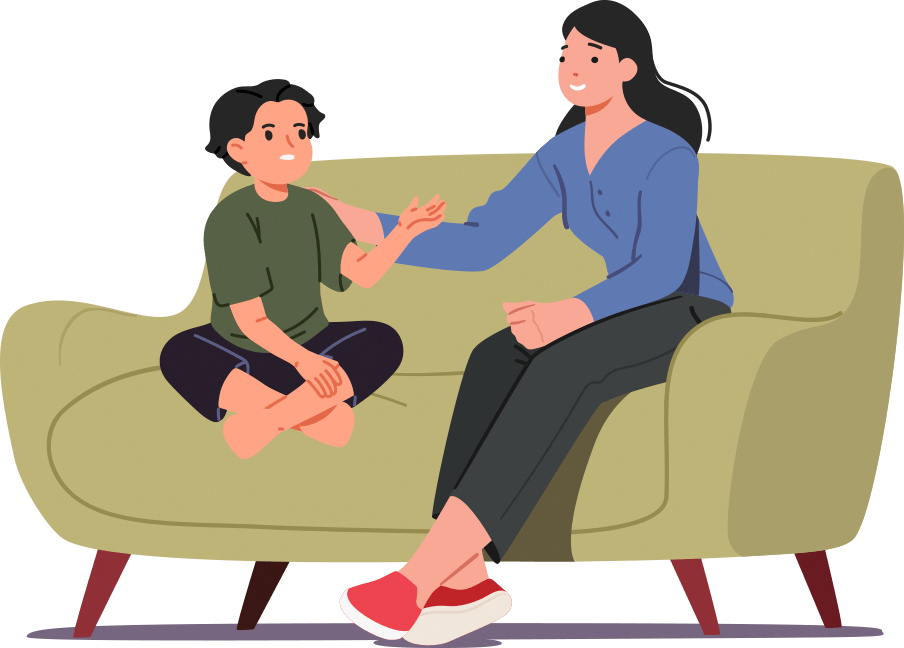
By using this approach, you can not only help your child build their self-confidence and the support around them to take on new challenges, but also reinforce what they have learnt in school.
You can use the following conversations to guide your child to reflect on how they have overcome their difficulties and challenges by tapping on their internal strengths (I Am, I Can) and external strengths (I Have).








